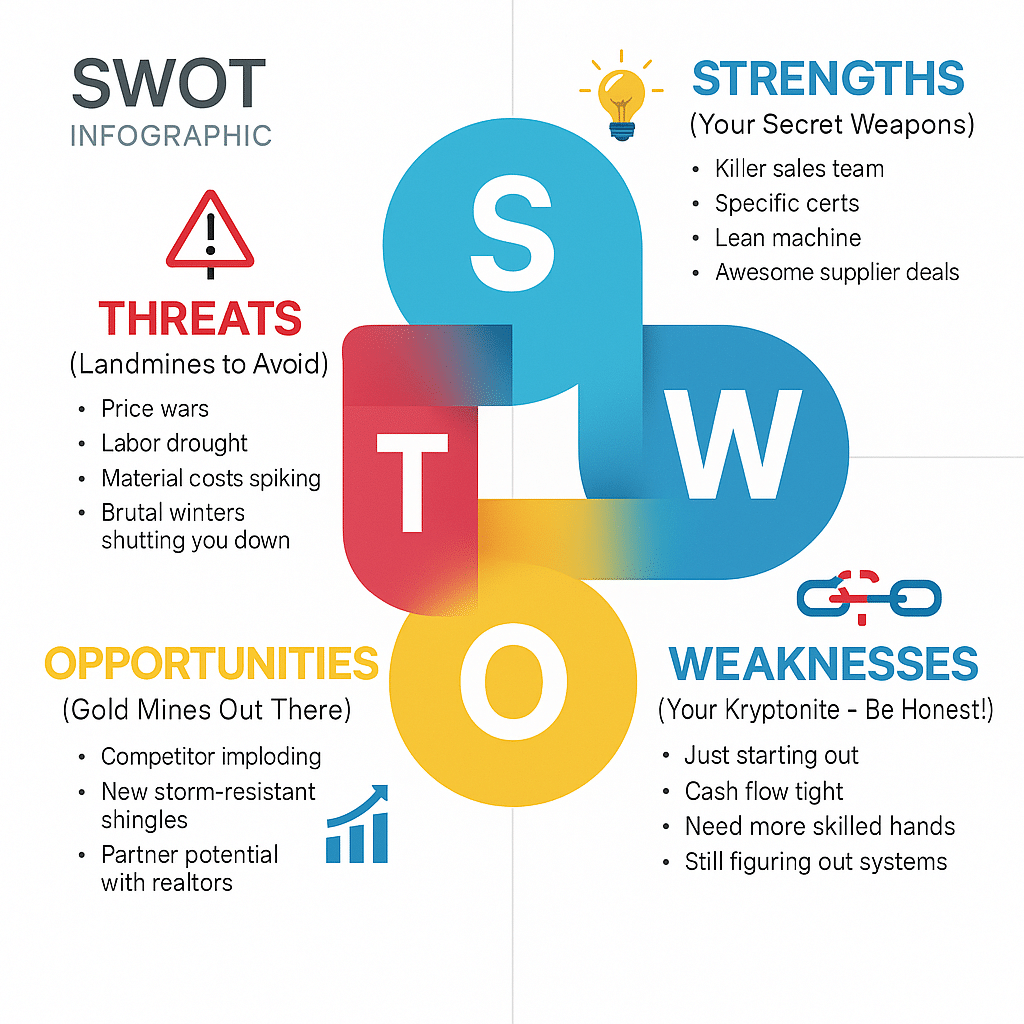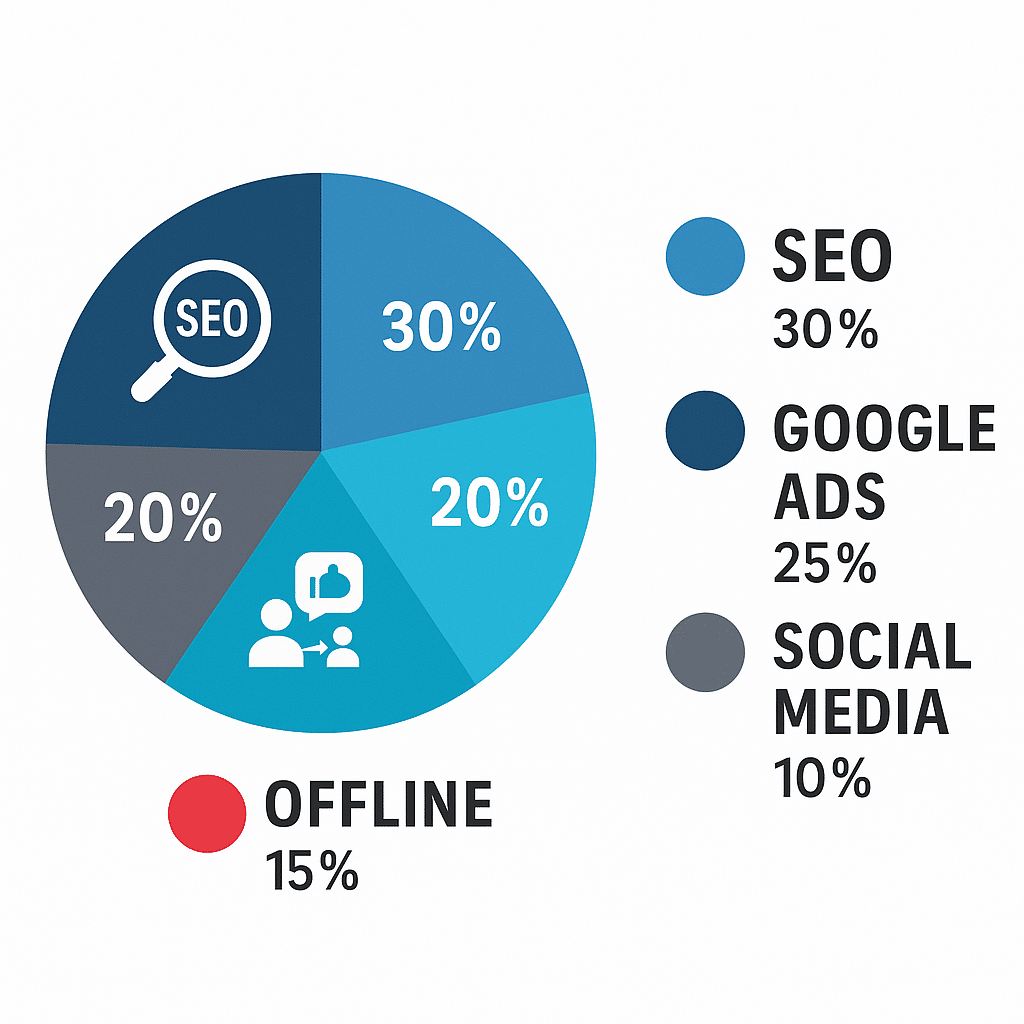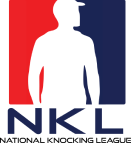Alright, roofing sales pros, let’s get straight to the point.
You’re out there battling the elements, managing crews, hustling for every job. It’s a grind. But you’re not just laying shingles; you’re building a business. And if you want that business to truly crush it – not just survive, but thrive – you need more than just skill with a nail gun. You need a plan.
Think of this roofing business plan as your GPS. You wouldn’t start a cross-country road trip without knowing the destination and the route, would you? Same deal here. Flying blind in this industry? That’s how you end up working 7 days a week, owned by your business instead of owning it. This plan isn’t some dusty document to impress bankers (though it can do that too). It’s your strategic playbook, your map to avoid pitfalls, streamline your chaos, and build the kick-ass company you envisioned. Forget hoping for success; let’s engineer it.
This is foundational stuff, the bedrock of a profitable roofing business.
Executive Summary
Look, if you had 60 seconds to convince someone – an investor, a key hire, or even yourself on a tough day – that your roofing company is legitimate and headed in the right direction, what would you say? That’s your Executive Summary. It’s the highlight reel, the sizzle.
- Who You Are: [Your Company Name], based outta [Your City/Region], ready to dominate the [Residential and/or Commercial] roofing scene.
- Your Mission (Why You Exist): We’re not just roofers; we’re [e.g., delivering peace of mind with leak-proof installs, the go-to crew for storm damage, the premium choice for lasting quality].
- The Opportunity: The market here in [Target Area] is ripe for a company that [Your Unique Selling Proposition – e.g., actually answers the phone, utilizes cutting-edge technology for estimates, and offers comprehensive warranties].
- What You Do: Core services like [Replacements, Repairs, Inspections], maybe specializing in [Metal, Shingles, Storm Damage].
- How You Win: Our marketing strategy hits hard through local SEO, referrals, and more, while our sales process builds trust, not pressure. We stand out because of our superior quality, speed, and customer focus.
- The Engine: Operations are optimized for efficiency and safety. We have the systems in place.
- The Payoff: We’re projecting [Target Revenue/Profit] because we know our numbers and our strategy work. [Optional: We need $X funding to fuel this growth engine].
- The Bottom Line: This roofing company business plan isn’t just talk; it’s the blueprint for building a lasting legacy.
Business Description
- The Nitty-Gritty: [Your Company Name], set up as an [LLC, S-Corp, etc.].
- Your North Star (Mission): What gets you out of bed? For us, it’s [Restate mission with passion – e.g., To be the crew homeowners brag about, protecting families one roof at a time].
- The Big Dream (Vision): Where’s this going? [e.g., To be the undisputed heavyweight champ of roofing in [Your Service Area]].
- How You Roll (Values): No BS here. We live by [Quality, Safety, Integrity, Customer Obsession, Reliability].
- Home Base: Operating out of [Location/Service Area].
- The A-Team: Who’s leading the charge? [Highlight key people and their street cred – years in the trenches, specific skills].
- Origin Story (If Applicable): [Briefly, how did this start? From a truck? Disgruntled top performer striking out?]
Market Analysis: Know Your Battlefield
You can’t win if you don’t know the rules of the game. Who are you fighting for?
Your Ideal Customer:
Get specific. [e.g., Homeowners in these zip codes with roofs 15+ years old? Property managers tired of flaky contractors? Builders needing reliability?]. Niche down or go broad? Know who you serve best.
Market Pulse:
What’s the vibe locally? [Growth? New builds? Storm alley? What materials are hot? What tech are customers expecting?]. Dig up the data.
Sizing Up the Competition:
Who else is playing in your sandbox? Don’t just list names. What are they really good at? Where do they drop the ball? How can you outmaneuver them? Your roofing contractor business plan needs intel to build strategy.
SWOT It Out (No, Really!):

- Strengths: (Your Secret Weapons) [e.g., Killer sales team, specific certs, lean machine, awesome supplier deals].
- Weaknesses: (Your Kryptonite – Be Honest!) [e.g., Just starting out, cash flow tight, need more skilled hands, still figuring out systems].
- Opportunities: (Gold Mines Out There) [e.g., Competitor imploding, new storm-resistant shingles, partner potential with realtors].
- Threats: (Landmines to Avoid) [e.g., Price wars, labor drought, material costs spiking, brutal winters shutting you down].
Services Offered: What Problems Do You Solve?
This isn’t just a list; it’s your arsenal. How are you making homeowners’ lives better (and justifying your price)?
- The Heavy Hitters: Roof Replacements (Asphalt – still dominant market share nationally, Metal – growing fast, Tile, Flat – whatever your jam), Roof Repairs (Leak assassins!), Roof Inspections (The truth detectors – potential for using drones for enhanced safety and detail).

- The Value Adds: Gutters, Attic Ventilation (huge for roof life!), Skylights, Emergency Tarping (Hero mode!).
- The Proof: We rock materials from [Top Brands] and back it up with certs like [GAF Master Elite, etc.]. That means something.
- The Promise: Our [X-year workmanship warranty] isn’t just paper; it’s our handshake. We stand behind our work, period.
Read also “Roofing Marketing Strategies“
Marketing & Sales Strategy: Getting Seen & Getting Signed
You could be the best roofer on the planet, but if nobody knows, who cares?
- Your Vibe (Positioning): Are you the reliable Toyota, the high-performance BMW, or the quick-response ambulance of the roofing industry? Define your brand.
- Price Point: Value-based? Competitive? Know why you charge what you charge and be ready to defend the value.
- Shouting from the Rooftops (Marketing):
Digital Domination —> Sick Website, SEO that works (“roofer near me”), Google Ads that convert, social proof (reviews!), maybe even ethical door-knocking (if that’s your style).
- Old School Hustle: Clean trucks, sharp yard signs, referral bonuses that people want, networking like you mean it.

- The Close (Sales Process): Map it out! Lead comes in -> Consult/Inspect (build trust) -> Pro Estimate (clear, detailed) -> Follow-up (relentless but helpful) -> Contract -> $$$. Who owns sales? Are they trained assassins of doubt? Do you have a CRM, or are you using sticky notes and chaos?
Operations Plan: Making the Magic Happen
This is where the rubber meets the roof – literally. It’s about execution.
- Command Center: Office? Yard? How does it support efficiency?
- Workflow Warrior: From Signed Contract to Happy Customer – What Are the Exact Steps? Scheduling, ordering, crew deployment, site management, QC, and cleanup. Systematize it! Document it! Train it!
- Tools of the Trade: Trucks that don’t break down, safety gear that saves lives, tech that speeds things up (drones? software?). Invest here.

- Your Crew: Employees? Subs? How do you find studs and keep ’em? What’s the training game plan (safety first!)?
- Supply Chain Savvy: Lock in Good Deals with Reliable Suppliers [Names]. Have backups! Material delays kill profits.
Financial Plan: Nailing Your Numbers (The Not-So-Scary Part)
Okay, deep breath. This isn’t just for accountants; it’s how you keep score and win. You HAVE to know this stuff cold.
- Launch Costs (If New): Every single penny needed to open the doors (trucks, tools, insurance, marketing blastoff, cash reserve).
- Funding Request (If Needed): How much money, specifically for what, and how you will repay it. Be precise.
- Show Me the Money (Revenue Projections): Realistic forecast (3-5 years). How many jobs? Average ticket price? Seasonality factor! Back it up with your market analysis and sales strategy. No hockey sticks unless you can prove it.
- Where Does It Go? (Expense Budget): COGS (Materials, Labor/Subs), Overhead (everything else – rent, insurance, gas, marketing, salaries). Track everything.
- Cost of Goods Sold (COGS): Direct materials, direct labor (employee wages/burden or subcontractor payments), dump fees, permit costs. Track this per job!
- Overhead (Operating Expenses): Everything else – rent, utilities, insurance, vehicle payments/fuel/maintenance, marketing costs, software subscriptions, office supplies, salaries (owner, office staff, sales), legal/accounting fees, loan payments. Track monthly.
- Profit or Pain? (P&L Projections): Revenue – Costs = Profit (or loss). Know your target margins.
- Cash is King (Cash Flow Projections): Money in, money out, monthly. This indicates whether you can survive the slow season without resorting to ramen noodles. Crucial!
- Break-Even Point: How much do you need to sell just to cover costs before you make a dime? Know this number!
- The Fine Print (Assumptions): What are your projections based on? (Avg. job $, material costs %, close rate %). Be transparent. This adds massive credibility to your roofing contractor business plan.
Risk Management & Legal Considerations: Covering Your Ass(ets)
Roofing ain’t beanbag toss. Protect yourself, your crew, and your business.
- Insurance Armor: General Liability, Workers’ Compensation (non-negotiable!), Commercial Auto, and possibly an Umbrella policy. Get good advice; don’t skimp here.
- License to Operate: All the state/local licenses and permits. Stay compliant.
- Safety First (Seriously): OSHA Compliance Isn’t a Suggestion. Documented safety plan, regular training, and PPE. Keep your people safe and your insurance rates down. Falls are a leading cause of death in the construction industry. Sound safety practices reduce injuries, lower insurance premiums, and improve morale.

- Iron-Clad Contracts: Customer contracts need a clear scope, price, and terms. Subcontracts need to define responsibilities and provide proof of insurance. Lawyer up!
- Plan B (Contingency): What if…? Key guy quits? Hailstorm hits (or doesn’t)? Material prices double? Economy tanks? Think through the bigger risks.
How profitable is owning a roofing company? Straight talk? It varies WILDLY. Depends heavily on:
Efficiency:
Streamlined operations, minimizing waste (materials & time).
Accurate Bidding:
Knowing your true costs and pricing jobs correctly for desired margins.
Cost Control:
Managing overhead, labor, and material costs diligently.
Sales & Marketing Effectiveness:
Generating enough high-quality leads and closing profitable jobs.
Management Skill:
Your ability to lead, manage finances, and adapt.
Industry Benchmarks:
While highly variable, well-run roofing companies might aim for Gross Profit Margins (after direct labor/materials) of 25-45%+ and Net Profit Margins (after all overhead) of 5-15%. Some specialized or highly efficient companies can exceed this; many poorly run ones operate at a loss or barely break even. Profit isn’t automatic; it’s meticulously earned by executing a solid plan like the one outlined here.
Final Words
This isn’t just a document; it’s your declaration. It’s the game plan for [Your Company Name] to not just compete, but to lead in [Your Service Area]. We’ve got the vision, the strategy, the market insights, the roofing sales training, and the grit outlined right here in this roofing business plan. The opportunity, backed by industry growth, is massive, and we’re ready to seize it. Time to stop planning and start executing. Let’s build something legendary!
Albert Brand boasts over a decade of expertise in the telecommunications industry, with a particular emphasis on fiber optics sales. His rich career spans both corporate roles and entrepreneurial ventures in sales fulfillment. With a proven track record in door-to-door sales, especially in the fiber optics domain, Albert has seamlessly bridged the gap between corporate leadership and hands-on sales, showcasing his versatility and commitment to excellence in this specialized field.























